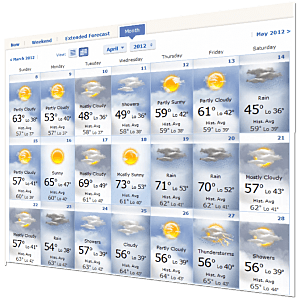
The Carolinian forest zone covers most of the southwestern region of the province. In the south, elevations of over 500 m (1,640 ft) are surpassed near Collingwood, above the Blue Mountains in the Dundalk Highlands and in hilltops near the Madawaska River in Renfrew County. The highest point is Ishpatina Ridge at 693 metres (2,274 ft) above sea level in Temagami, Northeastern Ontario. Southern Ontario, which is further sub-divided into four sub-regions: Central Ontario (although not actually the province's geographic centre), Eastern Ontario, Golden Horseshoe and Southwestern Ontario (parts of which were formerly referred to as Western Ontario).ĭespite the absence of any mountainous terrain in the province, there are large areas of uplands, particularly within the Canadian Shield which traverses the province from northwest to southeast and also above the Niagara Escarpment which crosses the south. The virtually unpopulated Hudson Bay Lowlands in the extreme north and northeast are mainly swampy and sparsely forested.

Northern Ontario is subdivided into two sub-regions: Northwestern Ontario and Northeastern Ontario. Although this area mostly does not support agriculture, it is rich in minerals, partly covered by the Central and Midwestern Canadian Shield forests, and studded with lakes and rivers. The thinly populated Canadian Shield, which dominates the northwestern and central portions of the province, comprises over half the land area of Ontario. Typical landscape of the Canadian Shield at Queen Elizabeth II Wildlands Provincial Park, located in Central Ontario. It was adopted as the official name of the new province at Confederation in 1867. The first mention of the name Ontario was in 1641, when "Ontario" was used to describe the land on the north shore of the easternmost part of the Great Lakes. Ontario has about 250,000 freshwater lakes. Ontario is a term thought to be derived from Indigenous origins, either Ontarí:io, a Huron ( Wyandot) word meaning "great lake", or possibly skanadario, which means "beautiful water" or "sparkling water" in the Iroquoian languages. In contrast, Northern Ontario is sparsely populated with cold winters and heavy forestation, with mining and forestry making up the region's major industries. The great majority of Ontario's population and arable land is in Southern Ontario, and while agriculture remains a significant industry, the region's economy depends highly on manufacturing. There is only about 1 km (0.6 mi) of actual land border, made up of portages including Height of Land Portage on the Minnesota border. Almost all of Ontario's 2,700 km (1,678 mi) border with the United States follows inland waterways: from the westerly Lake of the Woods, eastward along the major rivers and lakes of the Great Lakes/ Saint Lawrence River drainage system. states of (from west to east) Minnesota, Michigan, Ohio, Pennsylvania, and New York. Ontario is bordered by the province of Manitoba to the west, Hudson Bay and James Bay to the north, and Quebec to the east and northeast, and to the south by the U.S. It is home to the nation's capital city, Ottawa, and the nation's most populous city, Toronto, which is Ontario's provincial capital.

Ontario is Canada's fourth-largest jurisdiction in total area when the territories of the Northwest Territories and Nunavut are included. Located in Central Canada, it is Canada's most populous province, with 38.3 percent of the country's population, and is the second-largest province by total area (after Quebec). Ontario ( / ɒ n ˈ t ɛər i oʊ/ ( listen) on- TAIR-ee-oh French: ) is one of the thirteen provinces and territories of Canada. Rankings include all provinces and territories


 0 kommentar(er)
0 kommentar(er)
